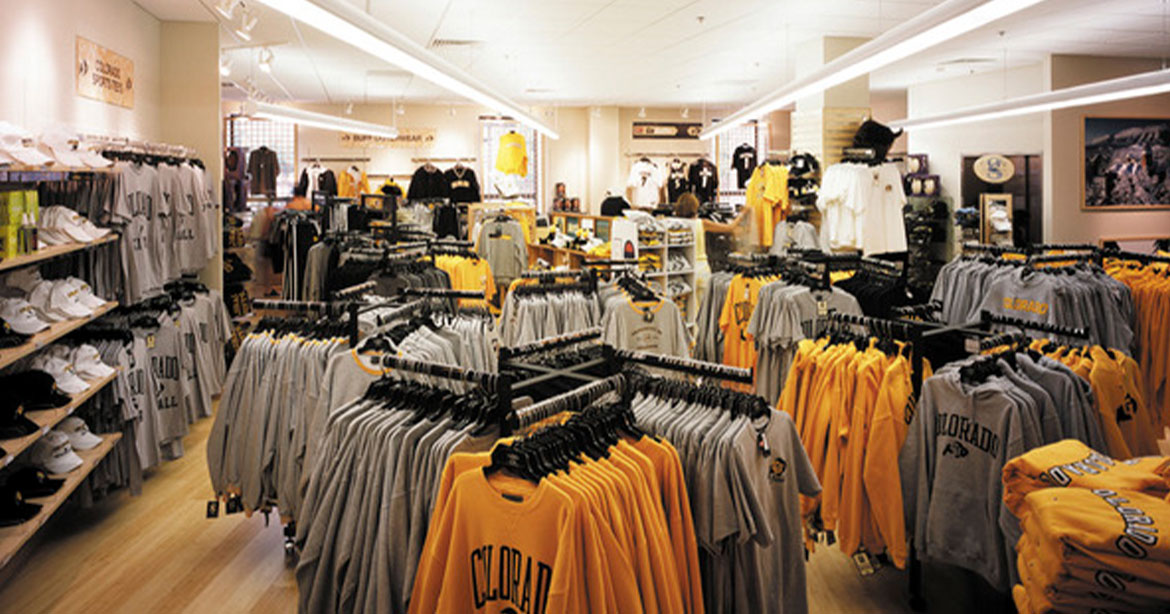
With waning student enrollment, universities face the critical challenge of attracting and retaining students on campus. Student centers are at the forefront of this effort, serving as multifunctional hubs for academic, social, recreational, and cultural activities. By strategically incorporating modern design elements, sustainable practices, and diverse amenities, universities can create vibrant, engaging spaces that not only meet the needs of a diverse student population but also drive revenue.
1. Study, Socialize, Shop, Snack
The leading trends in university student center amenities and construction emphasize the importance of creating multi-functional, appealing environments that prioritize key activities: studying, socializing, shopping, and snacking.
Providing designated quiet rooms for studying is essential, offering students a sanctuary from the bustling campus environment. These rooms should be equipped with comfortable seating, ample lighting, fast Wi-Fi and charging stations to support long study sessions.
“We are also seeing the roles of libraries evolve as more resources become digital,” says Avin Kallenbach, market executive at Mortenson. "Library footprints are shrinking and shifting to provide quiet study spaces and digital access points.” These modern libraries can offer a blend of traditional study areas and collaborative workspaces, catering to different study preferences.
Social areas should be dynamic and versatile, featuring a mix of seating options such as couches, bar stools, and intimate nooks. “This variety fosters a welcoming atmosphere conducive to both group interactions and individual relaxation,” says Avin. Elements like a bar area or coffee shop atmosphere can further enhance the social vibe.
For shopping, integrating modern conveniences is crucial. “Even shopping preferences have evolved. Students want to grab-and-go, and we need to make it as easy as possible,” says Avin. Implementing solutions like the cashier-less Amazon Go, where students can make selections and walk out using digital “auto pay” features help streamline their campus experience and meet their everyday needs efficiently.
Foodservice is a cornerstone of any student center. Universities should consider incorporating popular franchises that resonate with students, such as Starbucks and Chick-fil-A. These brands not only attract students but also serve as reliable revenue generators and increase foot traffic. Offering a variety of dining options, including healthy and vegan choices, ensures that diverse dietary preferences are accommodated, enhancing student satisfaction.
2. Modern and Sustainable Design
Modern student centers are increasingly adopting mass timber construction for both sustainability and aesthetics. This sustainable building material offers a warm, natural look and can be incorporated to varying degrees depending on budget constraints.
Green spaces are another trending aspect. Features like green roofs and green patios not only provide aesthetically pleasing environments but also promote mental well-being and support sustainability goals. These spaces can be used for relaxation, studying, or hosting events, making them versatile additions to the student center.
Beyond materials, integrating geothermal and solar energy systems can significantly reduce long-term operational costs and align with zero-carbon initiatives. Sustainable operations, such as efficient waste management and water conservation systems further contribute to the eco-friendly profile of the campus.
3. Wellness and Outdoor Spaces
“Wellness spaces are becoming increasingly important in student centers,” says Randy Clarahan, market executive at Mortenson. “We are seeing more wellness areas incorporated to enhance the overall well-being of students.” This includes elements like meditation rooms, yoga studios, and even design aspects like natural lighting and ventilation. Outdoor spaces should also be prioritized, providing areas for relaxation and recreation. These spaces can be multifunctional, supporting activities like game nights, private events, and even tailgating during sports seasons.
Increasingly more common is adding gyms into a student center, to provide an environment where students can balance work and life. Offering a variety of fitness equipment, group classes, and wellness programs can encourage students to maintain a healthy lifestyle, thereby improving their academic performance and personal well-being.
4. Flexible and Multi-Functional Spaces
Versatility is key in modern student centers. Swing spaces that can be used for private events like weddings, alumni gatherings, and fundraising activities provide additional revenue streams, especially during summer when student traffic is lower. Concerts and other entertainment events can also be hosted in these spaces, attracting both students and the wider community.
Rooms with convertible layouts and movable walls offer flexibility for hosting conferences, meetings, and various events of different sizes. This adaptability ensures that the student center remains a vibrant and active part of campus life, capable of meeting diverse needs.
The Evolution of Student Centers
University student centers must evolve to meet the changing needs and preferences of students. By focusing on key activities like studying, socializing, shopping, and snacking, and incorporating modern, sustainable design elements, universities can create engaging, multifunctional spaces. These centers play a crucial role in attracting and retaining students, fostering a vibrant campus community, and generating revenue through various services and events. As student expectations continue to evolve, so too must the design and amenities of student centers, ensuring they remain the heart of campus life.